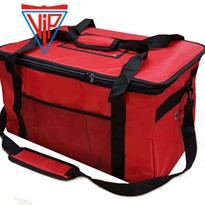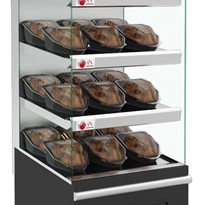It can accurately deliver food to designated locations according to the user's needs and instructions. Food delivery robots have a variety of functions and features, and their advantages are convenience, speed, and accuracy.
First of all, the advantage of food delivery robots is that they are convenient and fast. Traditional takeout requires you to wait for the delivery boy to deliver the food, but the food delivery robot can start the delivery task immediately without waiting time. Users only need to place an order on their mobile phone and write down the delivery address, and the robot will immediately deliver the food to the designated location. Especially during some peak periods, traditional takeout may require long queues, but food delivery robots eliminate the need to queue, greatly improving the convenience of dining.
Secondly, the food delivery robot has high accuracy. The robot is equipped with a variety of sensors and positioning technologies to accurately sense its position and surrounding environment. Through the map navigation system, the robot can find the destination without getting lost, and there will be no problem of traditional takeaway boys delivering the wrong food or not being able to find the address. The robot also has the function of automatic obstacle avoidance. Even if it encounters obstacles on the road, it can flexibly avoid them to ensure safe delivery of food.
In addition, the food delivery robot also has the ability to deliver food 24 hours a day. Whether it is day or night, the food delivery robot can carry out food delivery tasks according to the user's needs. Under some special circumstances, such as blockades and personnel restrictions during the epidemic, sending people to buy food may be subject to certain restrictions, and food delivery robots can provide unattended food delivery services without personnel restrictions, ensuring that users The food is delivered on time.
Food delivery robots also have certain humanized services. The robot has a speech recognition system and a human-computer interaction interface, and can understand the user's instructions and respond accordingly. The robot can inform users of the progress of food delivery through voice, improving the user experience. In addition, the food delivery robot can also provide some personalized recommended dishes based on the user's tastes and preferences to increase user satisfaction.
However, there are also some challenges and problems with food delivery robots. The first is the safety issue. The robot may be sabotaged during the food delivery process, such as robbery or damage to the robot. Secondly, robots may have navigation or obstacle avoidance problems in complex road conditions and environments, which require more precise positioning and sensing technology to solve. In addition, food delivery robots need to have a complete charging and maintenance system to ensure that the robot can operate for a long time and be repaired in time.
To sum up, the food delivery robot is a convenient, fast and accurate intelligent robot. It can provide users with meal delivery services at any time and anywhere, greatly improving the convenience and satisfaction of dining. However, food delivery robots still need to overcome some technical and safety issues to better meet the needs of users. It is believed that with the advancement and development of technology, food delivery robots will be widely used in the future and become a part of people's lives.


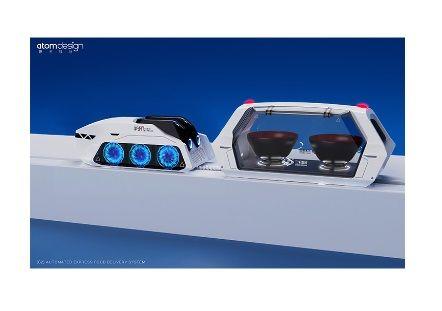



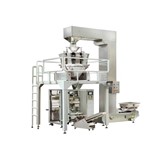




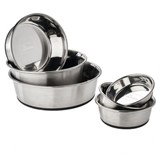

-160x160-state_article-rel-cat.jpg)

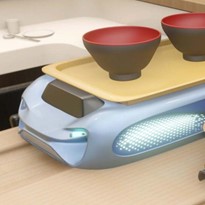


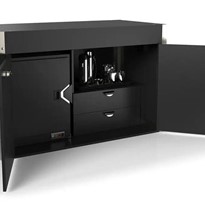
-205x205.jpg)
